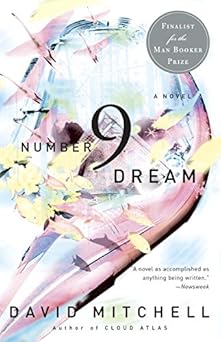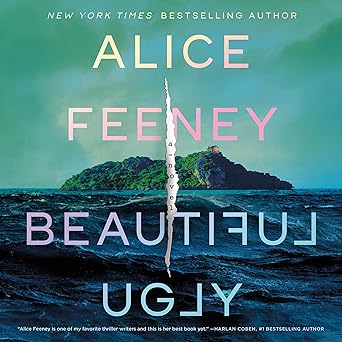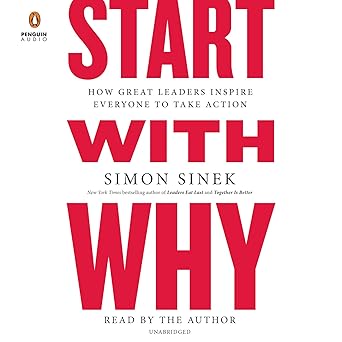
This book is a powerful family story that explores the complexities of love, family, and healing. The author, who is also known for his previous book "Dear Edward", has woven a narrative that delves into the lives of three sisters and their struggles with love, loss, and identity. The story begins with William Waters, a young man who has grown up in a household plagued by tragedy and silence. Despite this, he meets Julia, a spirited and ambitious young woman, and for the first time, he finds a sense of belonging and love.
As the story unfolds, we are introduced to Julia's family - three sisters who are incredibly close, and their lives are filled with love, chaos, and laughter. However, when William's dark past surfaces, it threatens to tear the family apart. The author skillfully explores the intricate web of relationships between the characters, revealing the deep-seated bond between the sisters, and the ways in which love can both heal and hurt. As William navigates his relationship with Julia, he must confront his own demons and learn to accept himself, flaws and all, in order to build a life with the people he loves. This is a poignant reminder that love is not always about changing or fixing others, but about accepting and loving them for who they are.
The author's writing is exquisite, and this book is a deeply moving portrait of what is possible when we choose to love someone not in spite of who they are, but because of it. This story is a tribute to the classic novels of the past, such as Louisa May Alcott's Little Women, and is sure to resonate with readers who have experienced the complexities of family relationships and the power of love to heal even the deepest wounds. As we follow the characters on their journey, we are reminded that love can be both beautiful and painful, and that it is in the darkest moments that we can find the greatest opportunities for growth, understanding, and transformation.
I just finished reading this book and I have to say it's left me with so much to think about. The story is a powerful exploration of the complexities of love, family, and healing. The author has woven a narrative that is both heartbreaking and hopeful, and it's a real page-turner. I found myself becoming more and more invested in the lives of the characters, particularly William, who has grown up in a household plagued by tragedy and silence. His journey is one of self-discovery and acceptance, and it's a powerful reminder that love is not always about changing or fixing others, but about accepting and loving them for who they are.
As I read on, I couldn't help but think of my own family and the ways in which love and relationships can be both beautiful and painful. The author has a real talent for capturing the intricacies of human relationships and the ways in which they can both hurt and heal us. I loved the way the author wrote about the bond between Julia's sisters, and the ways in which they supported and loved each other through thick and thin. It was a real privilege to be a part of their story, even if only for a few hours. The author's writing is exquisite, and I found myself crying, laughing, and cheering along with the characters as they navigated their way through the ups and downs of life.
What struck me most about this book was the way it made me think about the importance of accepting and loving others, flaws and all. We've all been there - trying to fix someone or change them to make them more like ourselves - but this book shows that the most powerful thing we can do is to love them for who they are. It's a hard lesson to learn, but one that is always worth repeating. As I closed the book, I felt grateful for the reminder that love is always possible, even when the going gets tough.
Rating: 4.0 / 5.0
This book is a heart-wrenching family story that explores the complexities of love, family, and healing. The author masterfully weaves a narrative that delves into the lives of three sisters and their struggles with love, loss, and identity. As William navigates his relationship with Julia, he must confront his own demons and learn to accept himself, flaws and all. The author's exquisite writing brings to life the intricate web of relationships between the characters, revealing the deep-seated bond between the sisters and the ways in which love can both heal and hurt. This book is a poignant reminder that love is not always about changing or fixing others, but about accepting and loving them for who they are.








